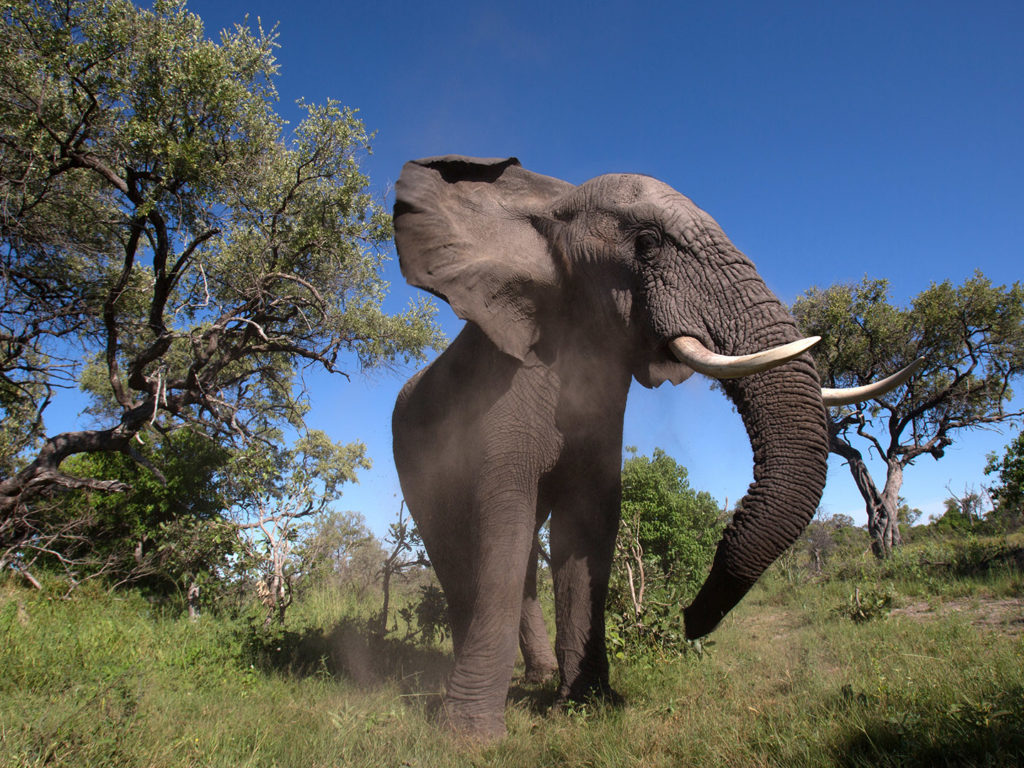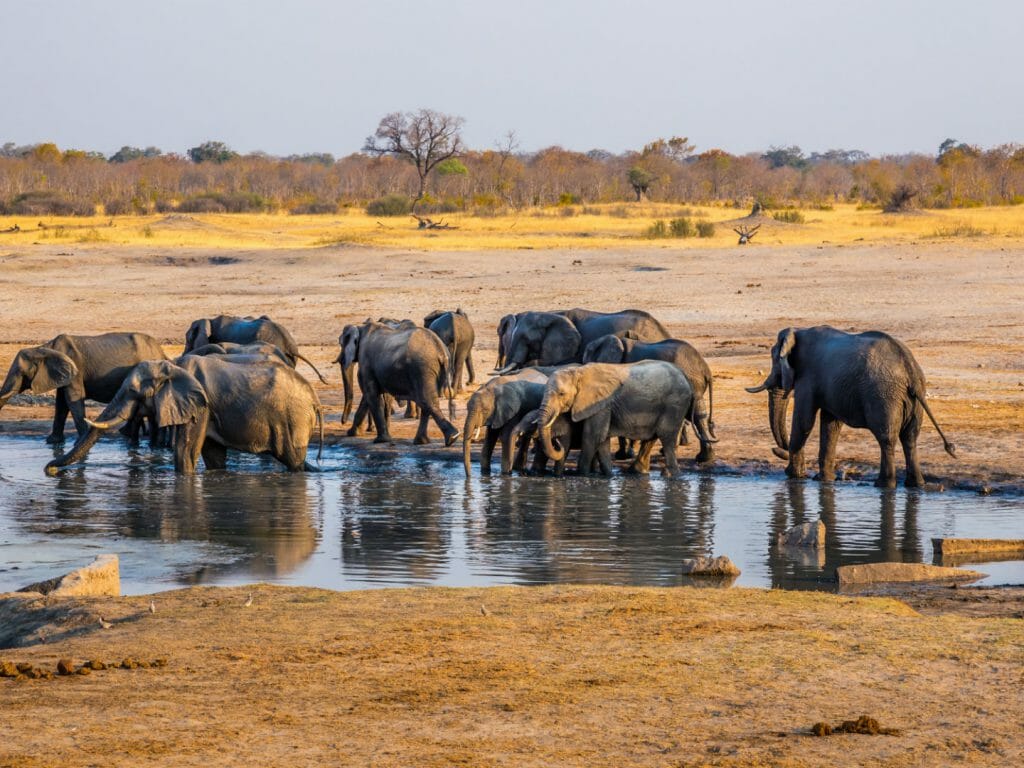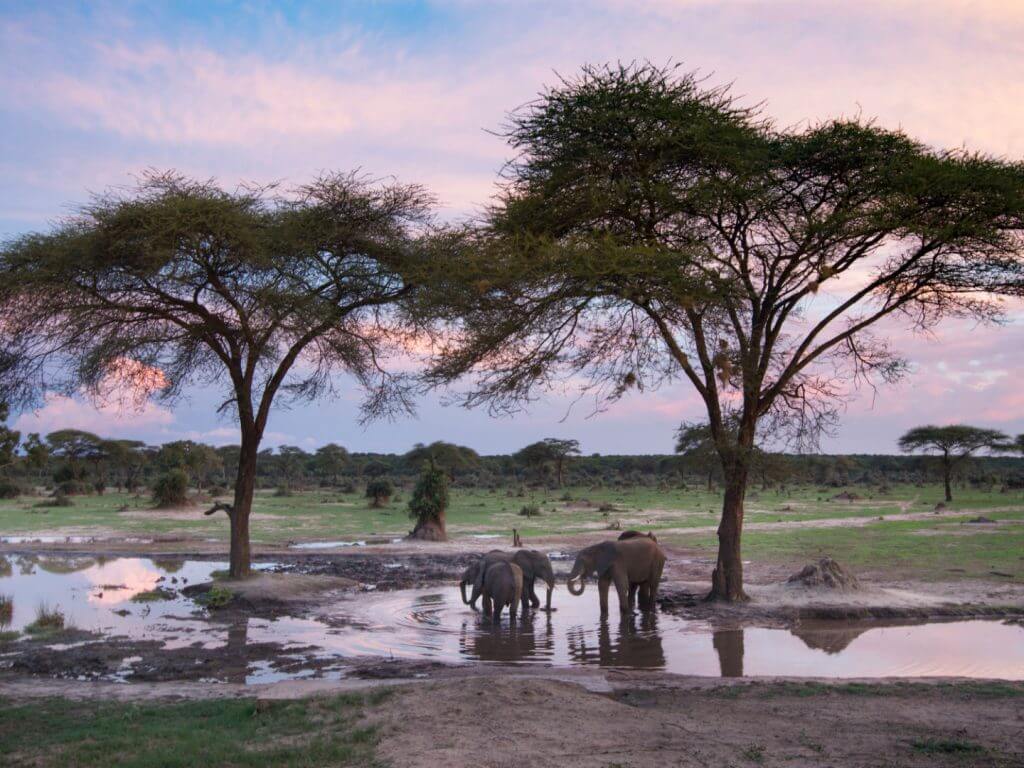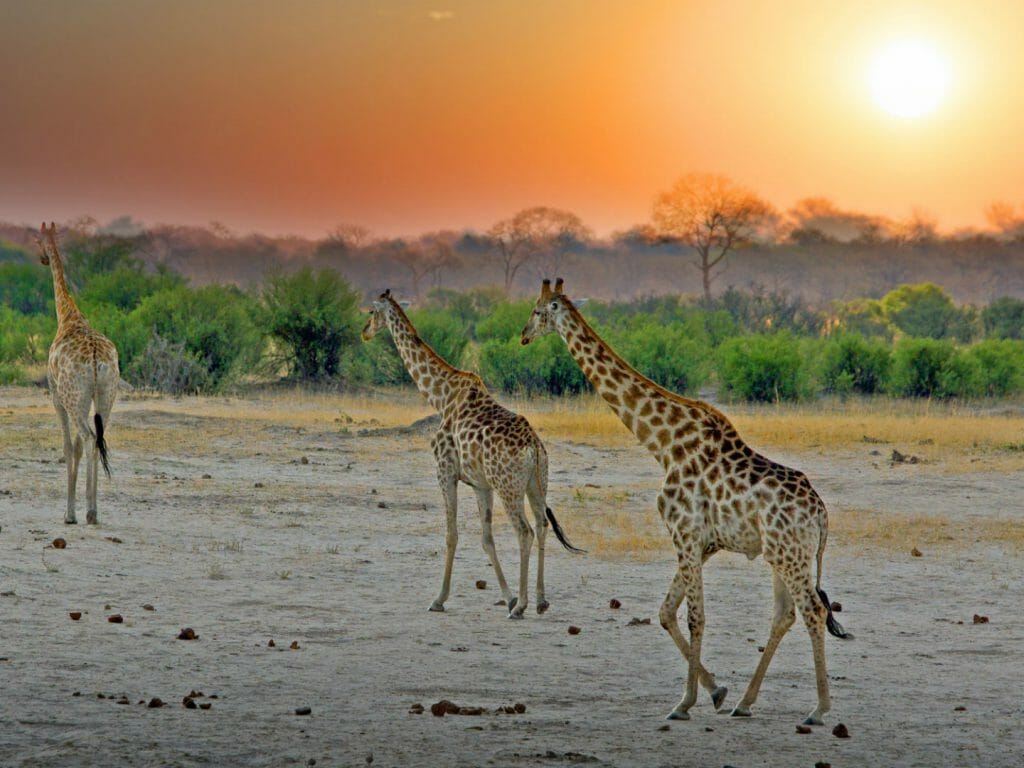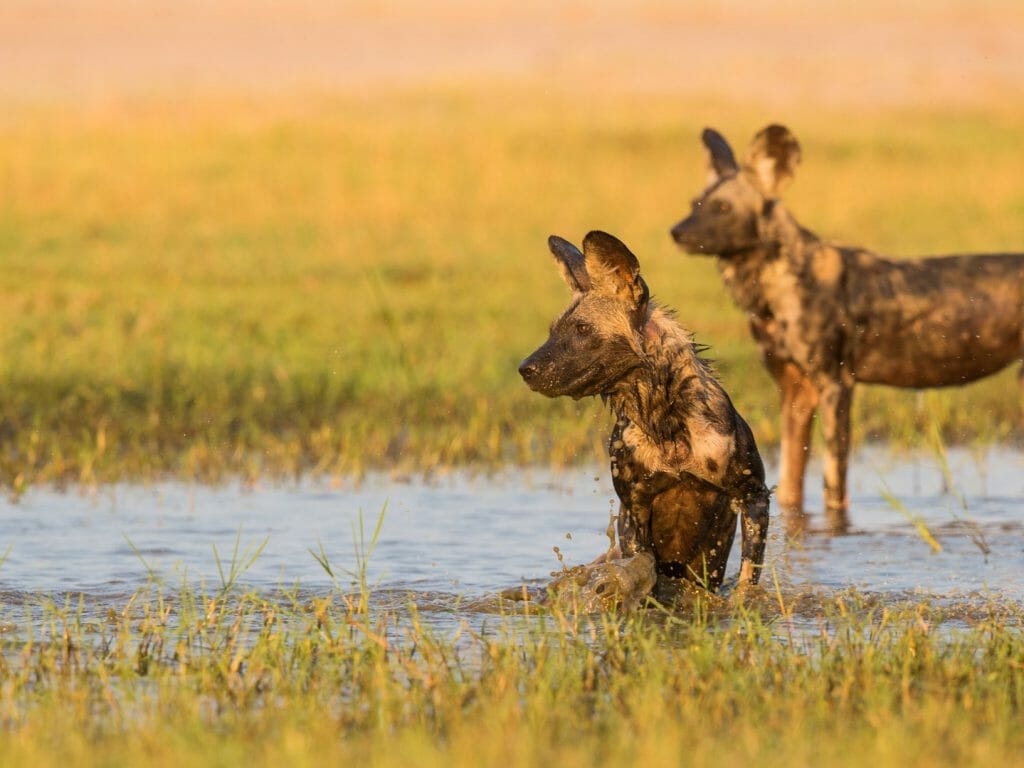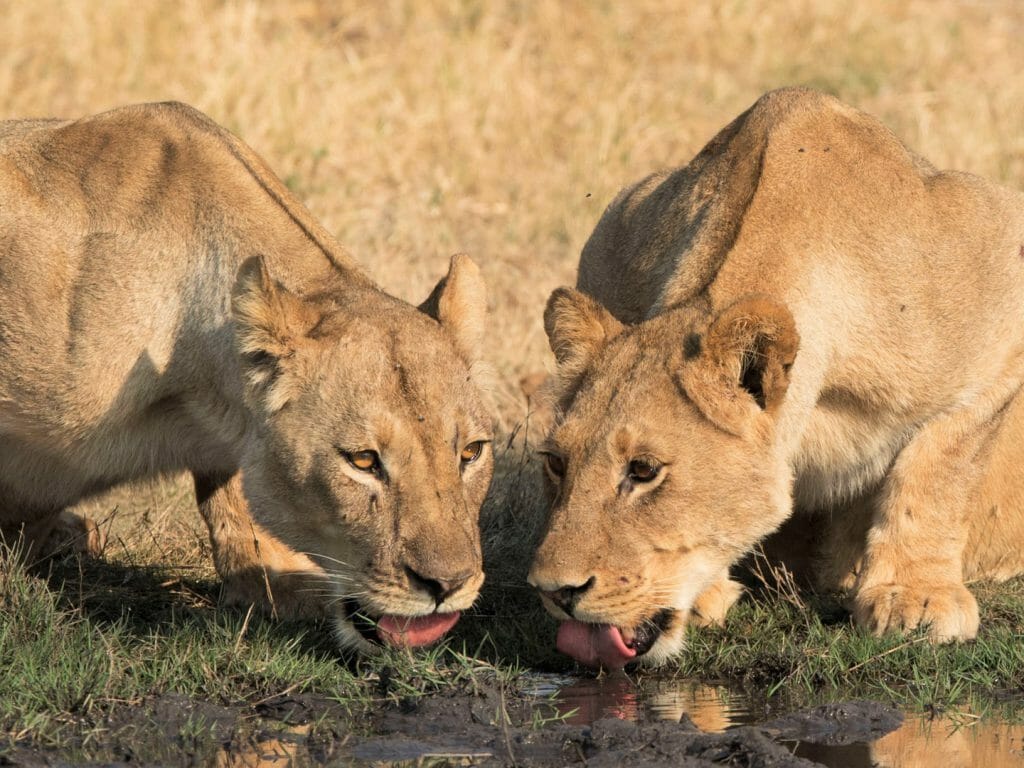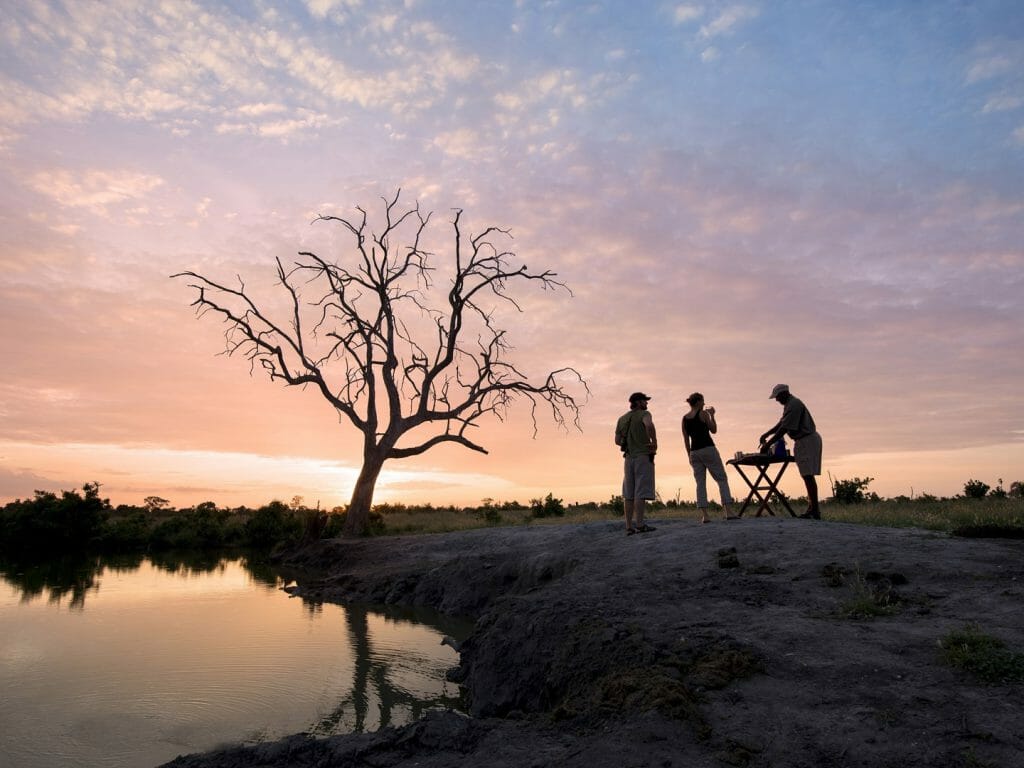“What is your favourite animal?” Someone asked.
“Each one contributes to one another; we humans can learn from them.” Was the simple and honest answer given by Clive. He was sipping a beer quietly, while watching the sunset on his backyard – Gonarezhou National Park, Zimbabwe.
Clive Stockil, a born-and-bred Zimbabwean, grew up in and around Gonarezhou National Park. His youth was spent camping in the park with his friends from the local community, learning both local languages – Shangaan and Ndebele – which were to become invaluable later on in his life.
In the early 1980s, he was called upon by the government of newly independent Zimbabwe to be a mediator between the communities and the authorities. He was also made an honorary officer of the park.
During the bush wars of the late 1970s, the Gonarezhou National Park became a base for army troops; communities who lived in the park where forced out and poaching became rife. After the war ended, the communities wanted to move back; however, the government chose to prevent this and to try and save the park. They needed the help of someone who could communicate between all parties concerned.
It was then, under the shade of a tree in Mahenye Village, that Project CAMPFIRE (Communal Areas Management Programme for Indigenous Resources) was born. Clive used his unique understanding of the area and its people to initiate change. He spent many years working with the local communities, fostering a healthy respect for the wildlife that lived on the land they shared.
Now, thanks also to the advice and financial support of the Frankfurt Zoological Society, Gonarezhou is one of Africa’s success stories. In fact, elephant numbers are expanding at such a rate that there are too many for the park to cope with; there are now plans to relocate several thousand to neighbouring Mozambique.
Plans are also in place to reintroduce both black and white rhinos. For this to come to fruition, I am sure many more conversations will be had under the shade of the tree in Mahenye. The success of Project CAMPFIRE means that this model has now become the blueprint across many countries in Africa, leading the way when it comes to the coexistence of rural communities and wildlife – for the benefit of both parties.
The Gonarezhou National Park in itself is rather special. Everything about this park is big – the baobabs, the elephants and the cliffs. The spectacular Chilo Cliffs are formed from hundreds of thousands of years of silt deposits. At sunset, they look like a wonderful golden layer cake, just waiting to be sliced into.
The ecosystems of the park fold into one another with ease. The bird life is incredible, with some migrant birds flying as far as the northern corners of Russia to enjoy the summer in this magnificent area. The park is also home to lions and cheetahs, whilst elusive leopards and wild dogs have even be spotted.
The elephants carry the scars of years of wars and poaching, but now – thanks to the work of Clive and his team – they are learning that vehicles are no longer a threat; they really don’t need to charge each time they see one. This is something that some of them are still coming to terms with, but that is a story for another day.
The 30 odd years of trials, failures and triumphs of Project CAMPFIRE are etched on Clive’s face, with each line a different story to tell. Yet this gentle man remains humble and quiet about the monumental role he has played in the success story that is Gonarezhou National Park. He is more excited to tell me that he saw a palm nut vulture that morning than to tell me about his knighthood from the French Government or the lifetime achievement award that he received from Prince William and the Tusk Trust.
As the sun dips over the horizon I raise my G&T to another spectacular day in Africa, with a quiet nod to Clive. He has learnt so much from the animals that he has spent his lifetime with; we are merely visitors to his backyard and could learn a lot from him.


